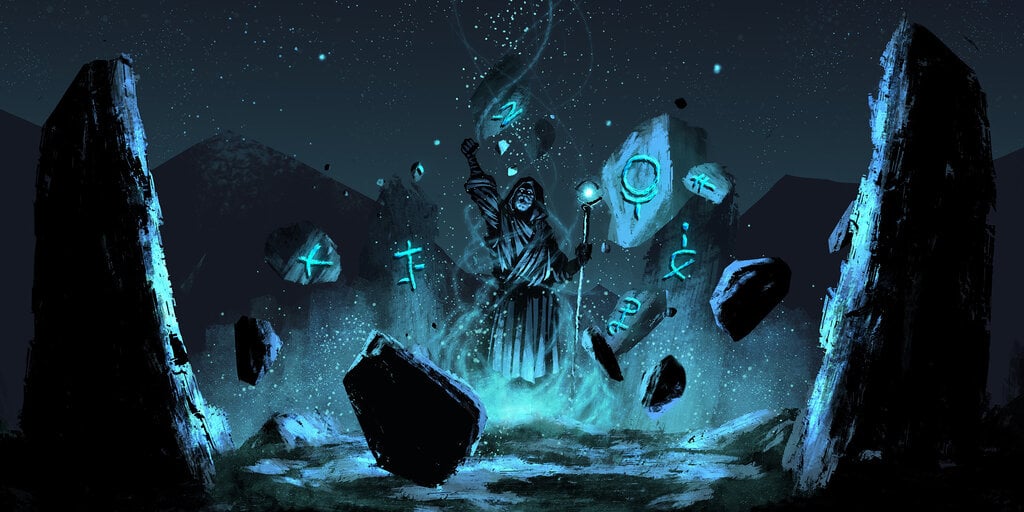
Why Are Bitcoin Rune Names So Weird? There’s a Method to the Madness

We do the research, you get the alpha!
Get exclusive reports and access to key insights on airdrops, NFTs, and more! Subscribe now to Alpha Reports and up your game!
Go to Alpha Reports
The Bitcoin halving has come and gone, and along with the milestone, the new Runes token protocol went live on the Bitcoin network. Since its launch on April 20, the Runes protocol has seen over eight thousand “etchings”—the preferred term for the deployment of Runes tokens—created on the Bitcoin blockchain, according to Ordinals and Runes launchpad Luminex.
One trend that quickly emerged among these new digital assets was long and unusually formatted names. A quick browse of the nascent category on exchanges like Magic Eden reveals tokens with labels like “SYMPATHETIC•PARAMUTUALISM” and “WANKO•MANKO•RUNES.”
Why the long names?
The names of Runes—typically displayed in all caps—may seem odd, but creators say there’s a good reason. A minimum name length is built into the Runes protocol to prevent so-called name squatting. Name squatting, domain squatting, or cybersquatting involves registering a name that is typically recognized as a brand or trademark by others with the intent of profiting from its recognized value.
“[The name requirement] started long, and it then goes short,” OrdinalsBot co-founder Brian Laughlan told Decrypt. “It’s pretty weird, but it also means nobody can grab ‘PEPSI’ on day one.”
This restriction, however, hasn’t stopped someone from etching a Rune called THE•NEW•YORK•TIMES—with no apparent affiliation with the Gray Lady.
According to the protocol’s rules, the minimum number of letters is reduced by one character every 17,500 blocks, creating an increasingly dynamic naming environment.
According to Casey Rodarmor’s Ordinal Theory Handbook, a Rune’s name must be between 1 and 28 characters long—albeit with the current length restriction in play—using the letters A to Z. Names must be unique regardless of spaces, meaning ‘UNCOMMON•GOODS’ and ‘UNCOMMONGOODS’ are considered the same. Further, a Rune cannot be etched with the same sequence of letters as an existing Rune, even if the spacing is different.
“Runes come into existence by being etched,” the documentation explains. “Etching creates a Rune and sets its properties. Once set, these properties are immutable, even to its etcher.”
Bitcoin Ordinals developer Casey Rodarmor announced the Runes protocol in September, declaring it to be a pathway to fungible tokens on the number one blockchain by market capitalization. Runes are meant to solve many of the problems associated with last year’s BRC-20 token standard, he said, such as wasted block space.
While casual onlookers may see Runes and BRC-20 tokens as the same thing, Ken Liao, CEO of the Bitcoin wallet Xverse, said the distinctions will become clearer over time.
“One thing people have been saying is that Runes have the same issues as BRC-20 when it comes to trading,” Liao told Decrypt. “But that’s because we’re basically on day one, [and] most of the Runes marketplaces have copied and pasted from their BRC-20 integration. I think we’ll start to see the improvements in the coming weeks.”
Edited by Ryan Ozawa.


